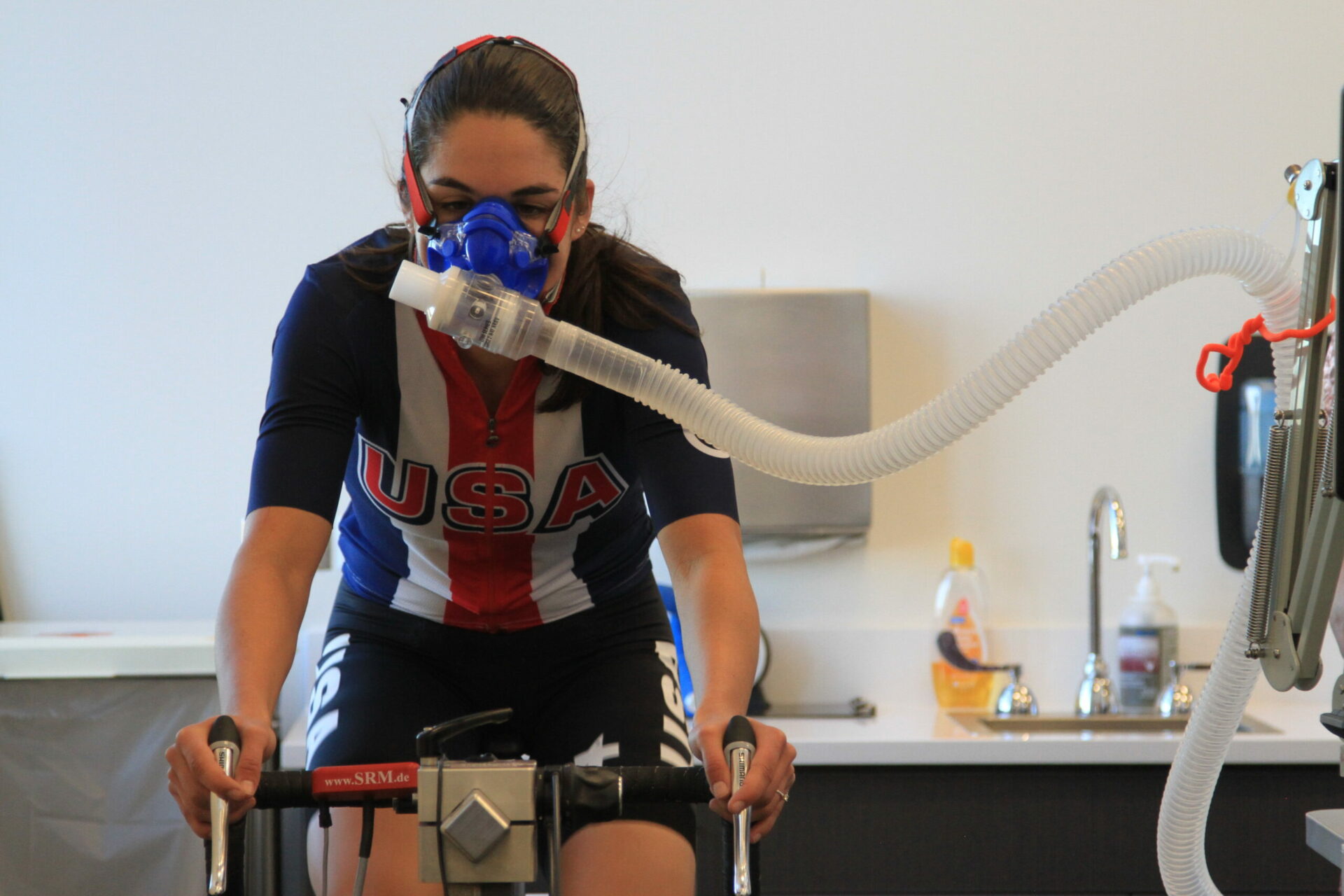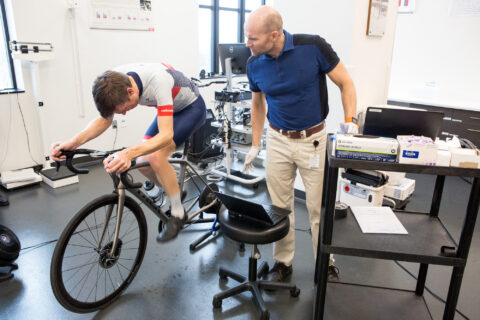Given the hormonal fluctuations experienced during the menstrual cycle, should female athletes prepare differently for lab testing?
Given the hormonal fluctuations experienced during the menstrual cycle, should female athletes prepare differently for lab testing?




